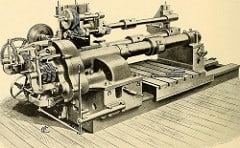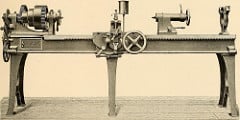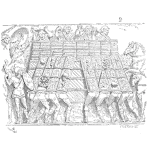
Software tools are a cornerstone of modern Reliability Engineering, enabling reliability practitioners to perform their analysis without getting bogged down in the details of the underlying mathematical processes. There are many software tools available for reliability engineering, some of which are tailored to this application, while others are more general statistical tools which can be adapted to the needs of reliability engineers. One thing these tools have in common is their graphical user interface (GUI). The GUI requires only a basic level of knowledge to operate, but with a few clicks of the correct buttons, the desired task can be achieved with relatively little mental effort. It is the user friendly GUI that draws reliability engineers to select such applications as their tools of choice for performing reliability engineering analyses.



